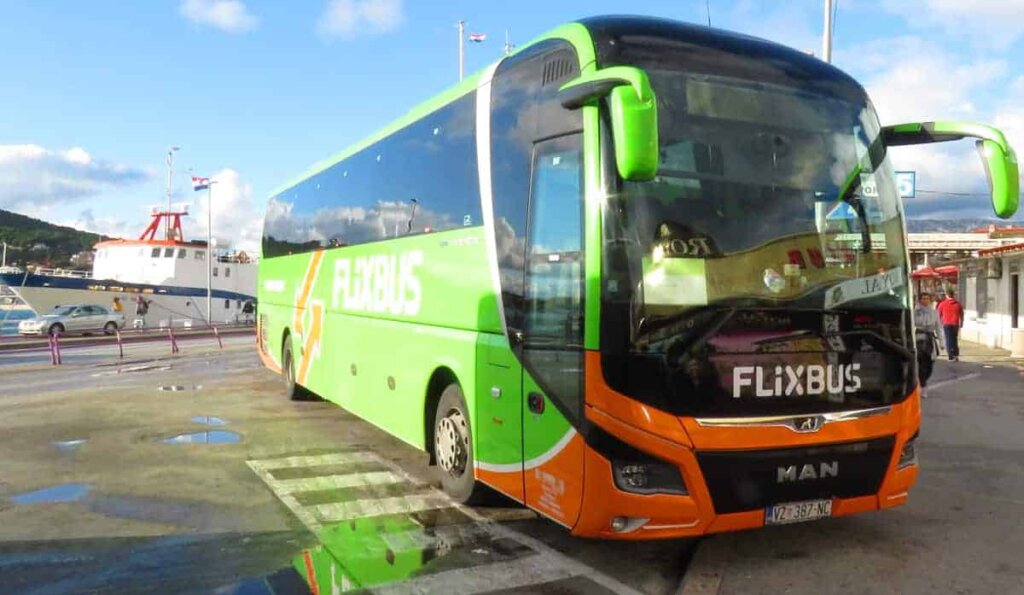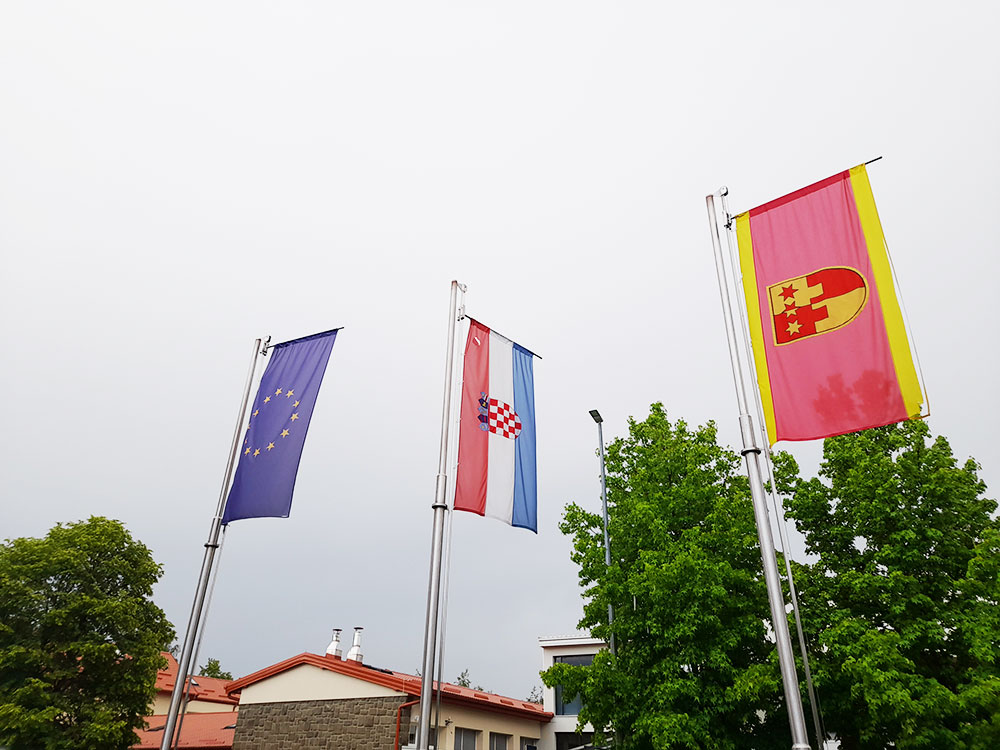Croatia offers a variety of transportation options to help travelers explore its stunning landscapes, historic cities, and beautiful islands. Whether you prefer public transport, driving, or ferry services, here’s what you need to know about getting around Croatia efficiently.
Table of Contents
ToggleBus Travel
Buses are the most common and affordable way to travel between cities, towns, and even remote villages. The bus network is extensive and well-organized, making it the best option for destinations not served by trains. Major operators include Arriva, FlixBus, and Čazmatrans. Tickets can be purchased at bus stations or online, and advance booking is recommended during the peak summer season.
Tickets for buses, trains and ferries
Ferries & Catamarans
Croatia’s coastline is dotted with over 1,000 islands, making ferry and catamaran services essential. Jadrolinija, the main ferry operator, connects the mainland with popular islands like Hvar, Brač, and Korčula. Catamarans, which are faster and only for passengers, offer an efficient way to island-hop. During peak summer months, booking in advance is highly recommended.
Car Rental & Driving
For travelers seeking flexibility, renting a car is an excellent choice, especially for exploring less accessible areas such as Istria, Dalmatia, and national parks like Plitvice Lakes. Croatia’s roads are well-maintained, but traffic congestion and parking in cities can be challenging. Keep in mind that highways have tolls, and an International Driving Permit may be required for non-EU travelers.
Domestic Flights
If you’re short on time, domestic flights between Zagreb, Split, and Dubrovnik provide a quick alternative. Airlines like Croatia Airlines operate these routes, though flights can be expensive compared to buses or ferries.
Cycling & Walking
Many cities, such as Dubrovnik, Split, and Zagreb, are pedestrian-friendly and best explored on foot. Cycling is also popular, with well-marked bike routes in regions like Istria and Dalmatia. Bike rentals are widely available in tourist areas.
Seasonal Considerations
Transport schedules vary with the season. During peak summer months (July–August), services are frequent but can be crowded, so booking in advance is recommended. From November to March, ferry and bus services may be reduced, requiring careful planning.
Final Tips
Book tickets in advance during peak seasons for buses, ferries, and flights.
Check schedules carefully, as transport frequency changes throughout the year.
Consider a rental car for rural and coastal areas where public transport is limited.
Use Uber or Bolt for convenient city travel.
With this guide, you’ll be able to navigate Croatia easily and make the most of your trip!
Disclosure: This page may contain affiliate links. This means that we get a small commission from any purchase you make, at no additional cost to you!


